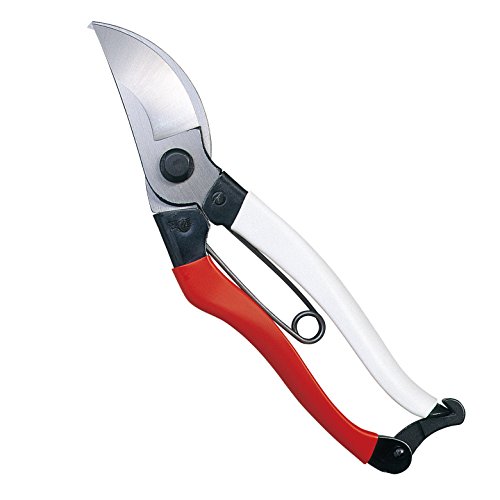Should you cut back astilbe in the fall or winter? Expert pruning advice for these popular flowering perennials
Pruning perennials is not a complicated process, but trimming at the right time is essential

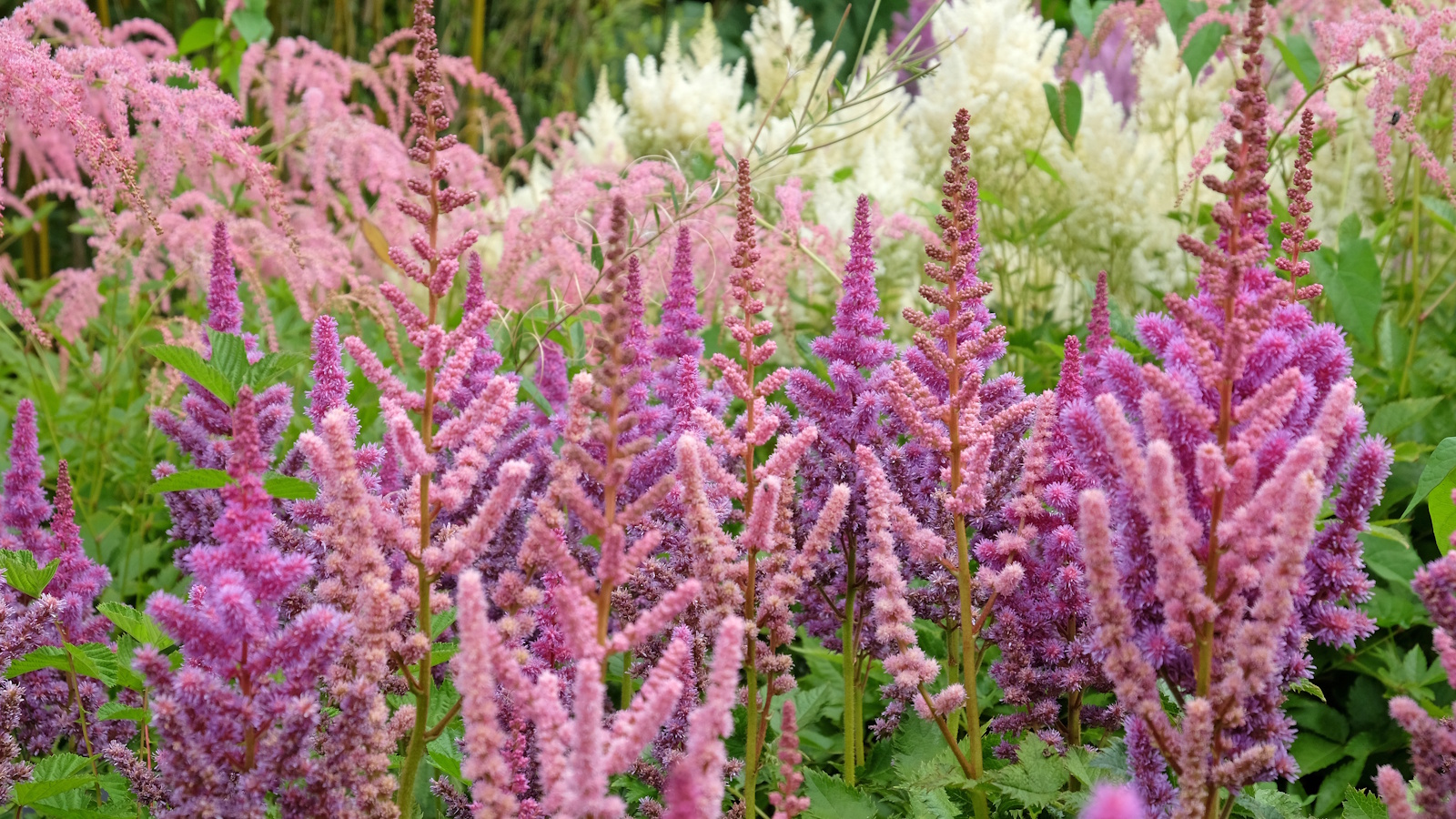
Astilbes are popular perennial plants found in a range of bright and brilliant shades. From white to pink, yellow to red, these dramatic flowering plants have long been a favorite of mine. Whether you have a small patio, balcony or large backyard, these plume-like blooms will provide long-lasting interest, flowering vividly over the summer months and into the fall.
While low-maintenance, they do need to be pruned once the growing season ends, ready to shoot again the following spring. There are two schools of thought concerning when is the best time to prune astilbe, with some gardeners opting to trim in fall, and some opting to cut back in winter.
Here, I discuss the reasoning for both fall and winter pruning, helping you to make your mind up about the best approach for your garden. So, if you want to know how best to prune these tall perennial flowers, our guide has all the information you need to succeed and ensure that your plants return better than ever next year.
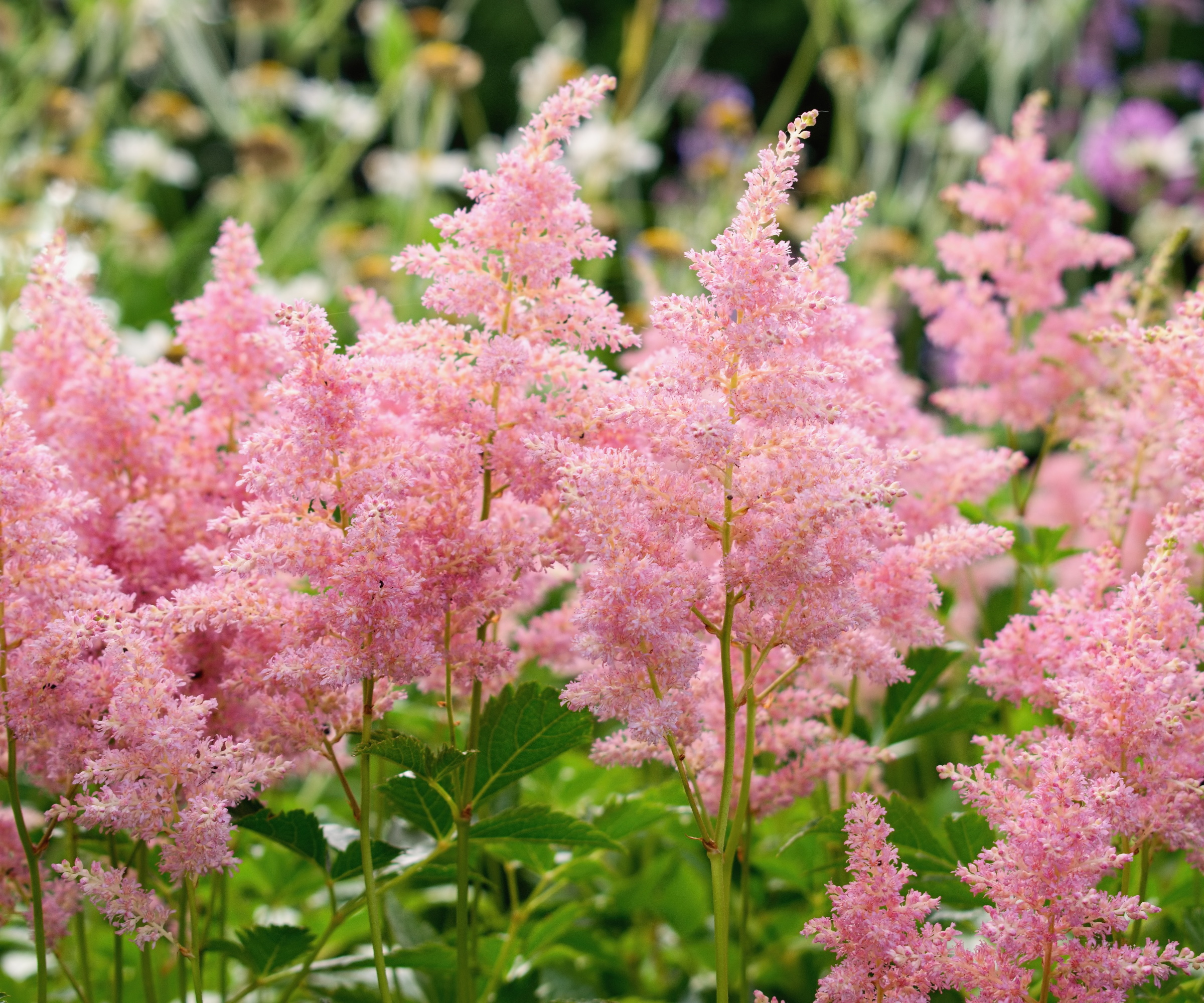
Should you prune astilbe in fall or winter?
Astilbes are one of the easiest perennials to grow and care for. They can be planted in borders and pots from US hardiness zone 3 to US hardiness zone 9, preferring a sunny spot in the yard. These flowering plants regrow every year, so long as they are pruned correctly. While you can prune in either fall or winter, here, we reveal the reasoning that might help you decide when to reach for the pruners.
When to prune astilbe
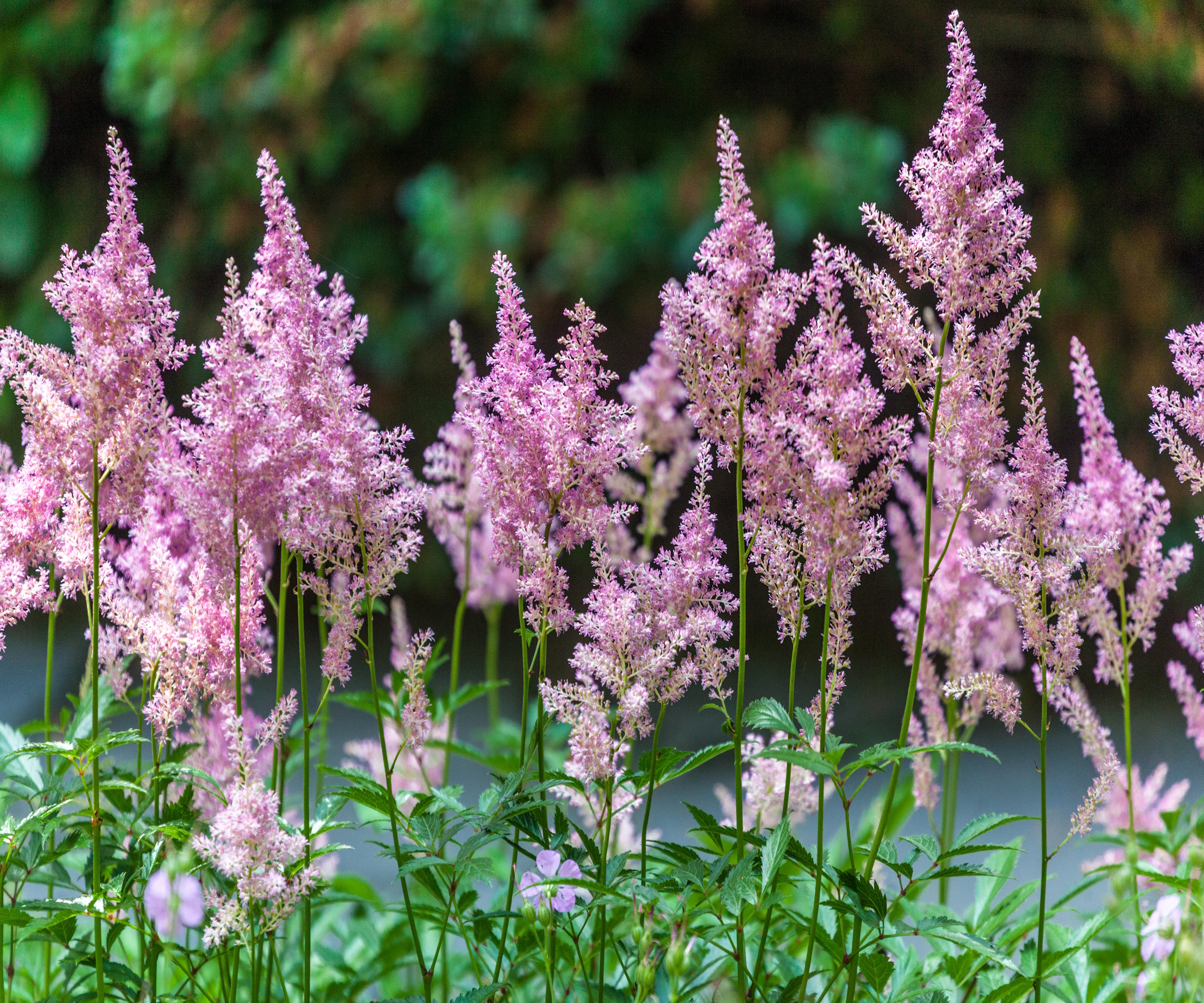
'Astilbes are impactful flowers during the summer, producing large, feather-like blooms,' says Rachel Bull, head of gardens at Homes & Gardens. 'By October, astilbe plants will begin to lose their color, fading as the seasons change.
'While you can add pruning to your fall gardening checklist, cutting back as the flower stems and foliage brown, I am always inclined to hold off trimming until the end of winter,' Rachel adds.
As Rachel says, some gardeners might like to put the yard to bed for the cold months, tidying and cutting back all perennials at one time in the fall. This is not a problem, but leaving the stems to stand in the winter has its advantages too.
Design expertise in your inbox – from inspiring decorating ideas and beautiful celebrity homes to practical gardening advice and shopping round-ups.
'For gardeners who appreciate winter garden interest, or perhaps you enjoy architectural plants in your yard, leaving the stems to stand until March ensures that your borders look beautiful, particularly in frosty weather,' Rachel says.
So, while it is up to you if you trim in fall or late winter, Rachel recommends holding back until February or March, keeping seasonal structure and interest in your yard for as long as possible, while also providing food and shelter for insects and animals.

Rachel is a gardening editor, flower grower and floral designer. Her journalism career began on Country Living magazine, sparking a love of container gardening and wild planting. After more than a decade writing for and editing a range of consumer, business and special interest titles, Rachel became editor of floral art magazine The Flower Arranger. She then trained and worked as a floral designer and stylist in London for six years, before joining the Homes & Gardens team.
How to prune astilbe
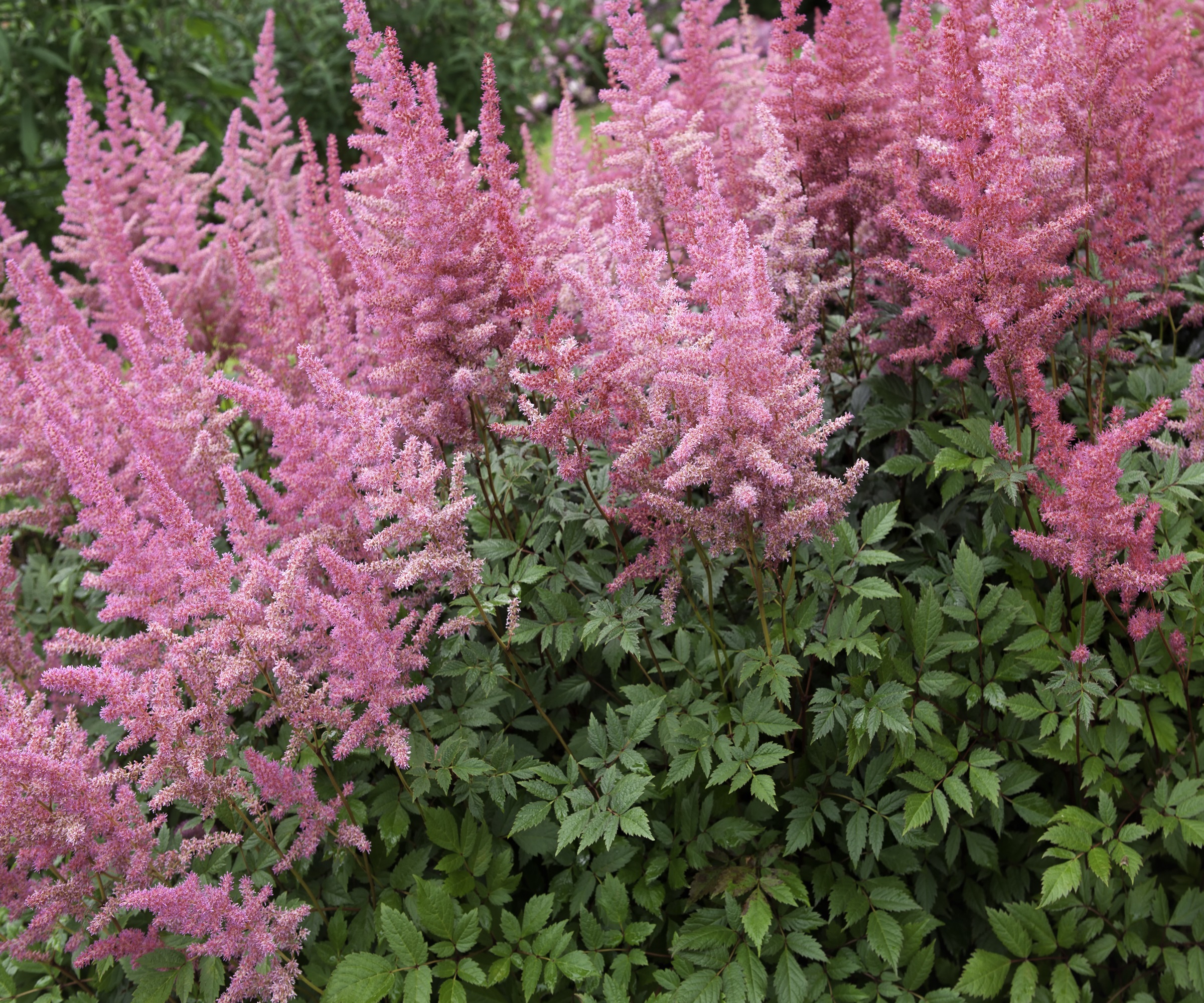
Pruning is a simple and speedy process that requires only a few essential gardening tools. Before you begin, it is a good idea to wear gardening gloves to protect your hands. Then, using clean, sharp tools, such as these Felco snips from Walmart, you are ready to start.
Trim back dead flower stalks and stems to about one to two inches above the ground. If you are pruning in the fall, you can easily cut back all stems, removing all dead and dying material. If you are pruning in February or March, as part of your winter gardening checklist, look closely to identify any new green shoots, being careful not to damage them.
FAQs
Can I compost trimmed astilbe stems and flowers?
Yes, you can add any astilbe clippings to your compost heap. Dead stems, flowers, and leaves will quickly compost, especially if you cut all pieces down to a few inches in length. If you spot any diseased material, such as spotted leaves or pest damage, it is best to dispose of this in the green waste collection.
After pruning, it is a good idea to complete some mulching of your beds and borders. Use a good quality mulch, such as this pine mulch, available to order from Amazon, and apply a generous one to two-inch layer across the surface of the soil. Mulching at this time will help to feed the soil, improve moisture retention in the summer and suppress weeds.
For more fall and winter inspiration, see our guide on the best shrubs for fall berries, full of colorful plants to maintain interest during the colder months of the year.

Thomas is a Content Editor within the Gardens Team at Homes and Gardens. He has worked as a professional gardener for both public spaces and private estates, specializing in productive gardening, growing food and flowers. Trained in Horticulture at the Garden Museum, he has written on gardening and garden history for various publications, including The English Garden, Gardens Illustrated, Hortus, The London Gardener and Bloom. He has co-authored a Lonely Planet travel book, The Tree Atlas, due out in 2024.
